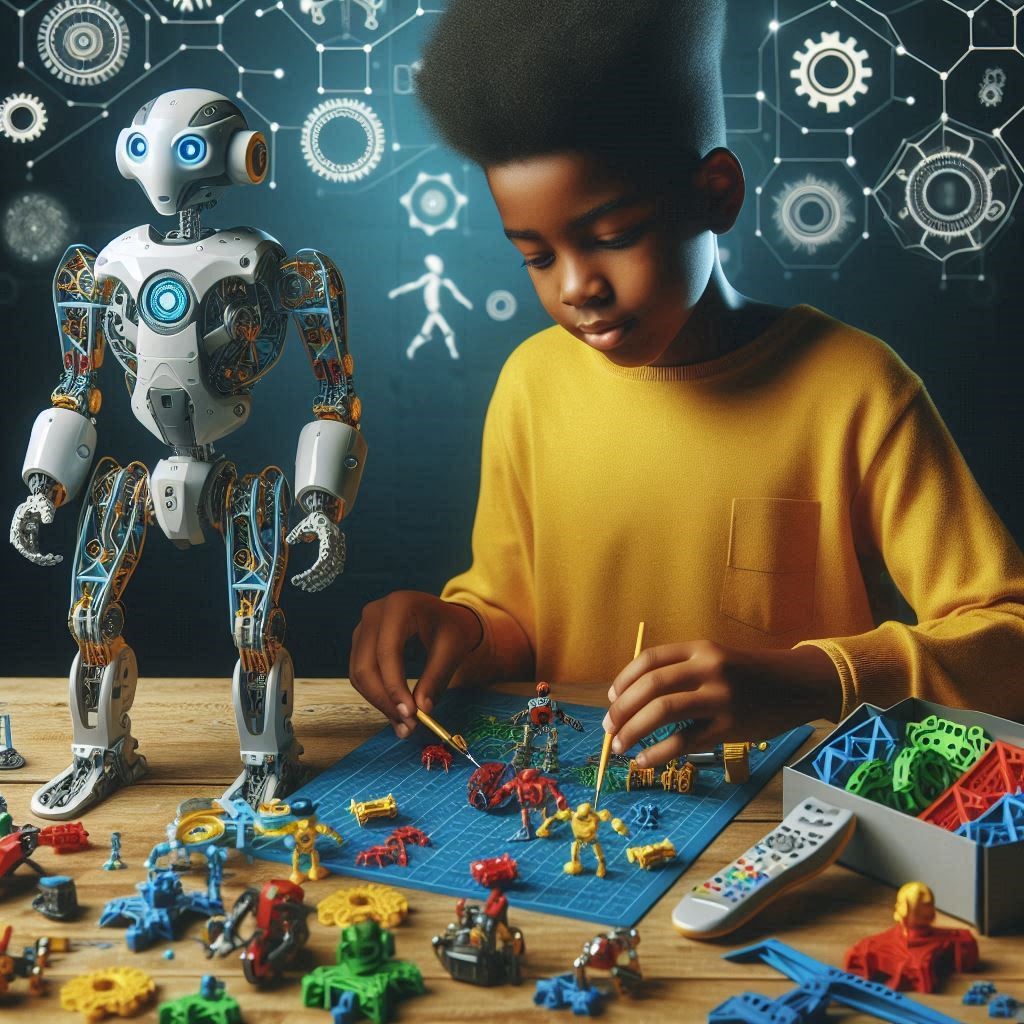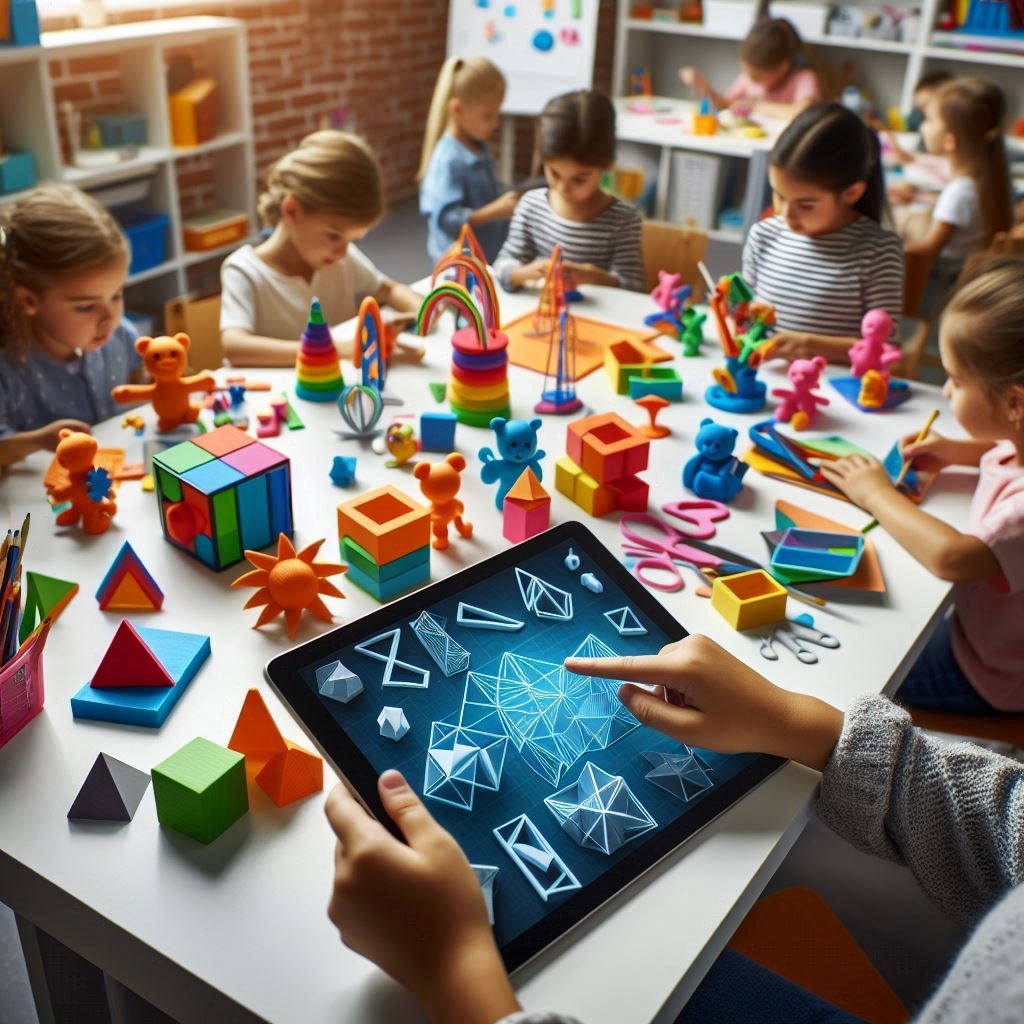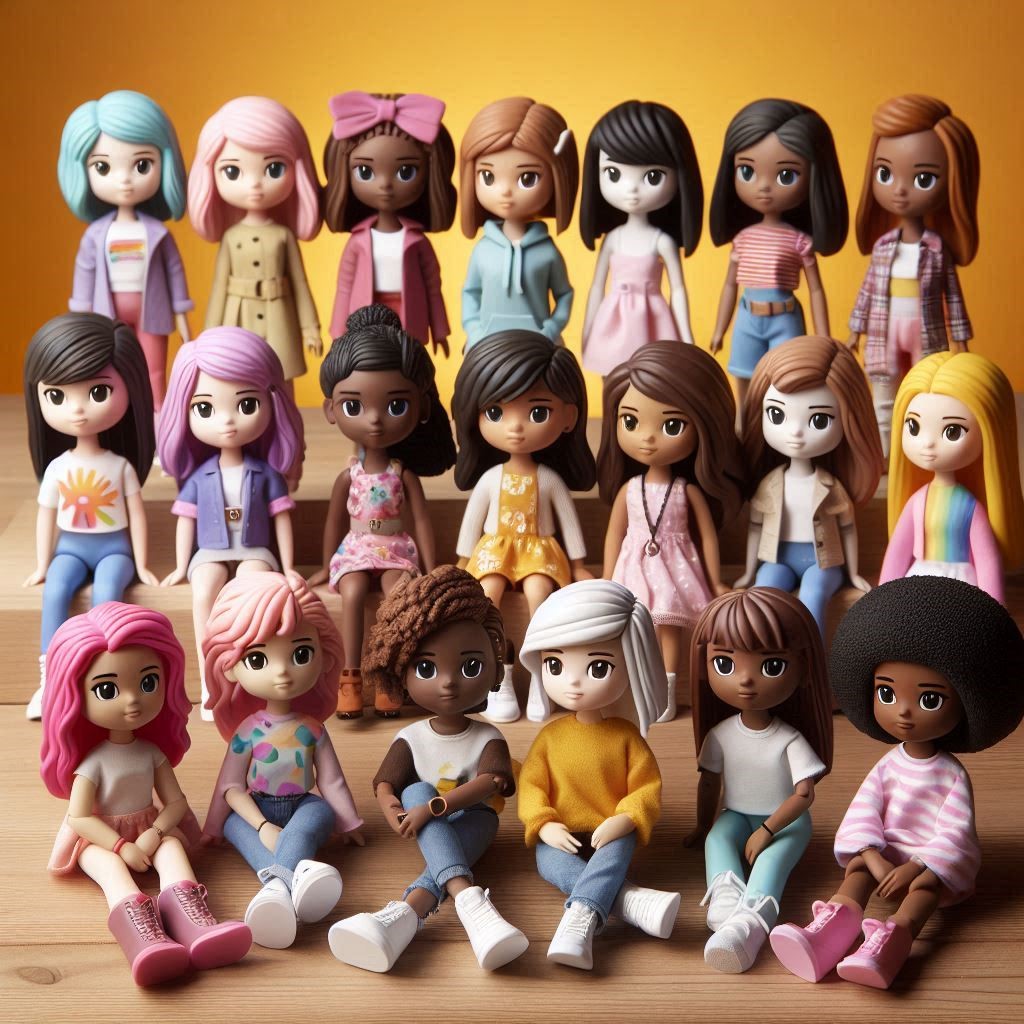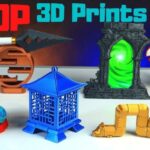In recent years, 3D printing has emerged as a transformative technology that impacts numerous sectors, including manufacturing, medicine, and education. One of the most exciting and engaging applications of 3D printing lies in the realm of toys.
The ability to design, customize, and produce toys on-demand has not only changed how toys are made but also how children engage with play. In this blog post, we will delve into the world of 3D printing toys, exploring its benefits, innovative examples, and its potential to shape the future of play.

The Evolution of Toy Manufacturing
Traditionally, toy manufacturing involved mass production techniques that often relied on molds and assembly lines. While this approach allows for consistent quality and economies of scale, it also limits creativity and customization. Enter 3D printing: a technology that can create intricate designs with minimal setup time, enabling the production of unique toys tailored to individual preferences.
How 3D Printing Works
At its core, 3D printing, or additive manufacturing, involves creating three-dimensional objects by layering materials based on a digital model. This process can utilize various materials, including plastics, metals, and even biodegradable materials. The most common methods used in toy production include:
- Fused Deposition Modeling (FDM): This technique extrudes melted plastic filament through a nozzle, building the object layer by layer.
- Stereolithography (SLA): In SLA, a liquid resin is cured by ultraviolet light, allowing for high-resolution prints with intricate details.
- Selective Laser Sintering (SLS): This method uses a laser to fuse powdered materials, resulting in durable and complex structures.
With these technologies, designers can create toys that were previously unimaginable, pushing the boundaries of creativity and functionality.

Benefits of 3D Printing Toys
1. Customization and Personalization
One of the most significant advantages of 3D printing toys is the ability to customize designs to fit individual preferences. Children can choose colors, shapes, and features that resonate with their unique personalities. For instance, a child could design their own action figure, selecting everything from the character’s outfit to its accessories. This level of customization not only enhances the play experience but also fosters creativity and self-expression.
2. Rapid Prototyping and Iteration
3D printing allows for rapid prototyping, enabling designers to create and test toy concepts quickly. If a design doesn’t work as intended, it can be modified and reprinted within hours. This flexibility encourages innovation and experimentation, leading to the development of more engaging and interactive toys.
3. Cost-Effective Production
Traditional toy manufacturing often involves significant upfront costs for molds and tooling. In contrast, 3D printing eliminates these expenses, making it more feasible for small businesses and independent creators to bring their toy ideas to market. This democratization of toy production has led to a surge in entrepreneurial ventures, with many designers turning their passion for toys into successful businesses.
4. Educational Opportunities
3D printing toys can serve as valuable educational tools, teaching children about design, engineering, and problem-solving. Many 3D printing platforms offer educational resources that guide kids through the process of creating their own toys, providing hands-on experience in STEM (Science, Technology, Engineering, and Mathematics) concepts. These engaging activities promote critical thinking and creativity, essential skills for the future.
5. Sustainability
With growing concerns about plastic waste, 3D printing presents a more sustainable alternative to traditional toy manufacturing. Many 3D printing materials are recyclable, and some companies are exploring biodegradable options. Additionally, producing toys on-demand reduces excess inventory and waste, aligning with eco-friendly practices.

Innovative Examples of 3D Printed Toys
1. Custom Action Figures
Several online platforms allow users to create personalized action figures. Websites like HeroForge enable customers to design their own miniature characters for tabletop games. Users can customize every aspect of the figure, including its pose, outfit, and accessories, resulting in one-of-a-kind collectibles that resonate with individual tastes.
2. Buildable Robot Kits
3D printing has also given rise to customizable robotics kits. Companies like Cubetto and Lego Boost allow children to assemble their robots using printed components. These kits not only provide hours of entertainment but also teach coding and robotics concepts in a playful and interactive manner.
3. Educational Toys
Many educational institutions are adopting 3D printing to create custom learning aids. For example, 3Doodler offers pens that allow children to draw three-dimensional structures, encouraging creativity and fine motor skills. Educators can design toys that support specific lessons, making learning more engaging and fun.
4. Puzzles and Games
3D printing has revolutionized the puzzle and board game industry. Designers can create intricate puzzles with unique shapes, offering a fresh take on traditional games. For example, the Puzzlebox uses 3D printing to produce custom jigsaw puzzles, allowing users to upload their images and create personalized challenges.
5. Dolls and Figurines
Independent creators are harnessing 3D printing to produce customizable dolls and figurines. Companies like MakieLab allow customers to design their dolls’ appearances, from hairstyles to outfits. This personalized approach fosters a deeper connection between children and their toys, making playtime more meaningful.

The Future of 3D Printed Toys
As 3D printing technology continues to advance, the future of toy production looks promising. Here are some potential developments we can expect:
1. Increased Accessibility
As 3D printers become more affordable and user-friendly, we can expect more families to own them. This accessibility will empower parents and children to create toys at home, fostering creativity and imaginative play.
2. Integration of Smart Technology
The integration of smart technology into 3D printed toys is on the horizon. Imagine toys that can connect to apps, allowing for interactive play experiences that adapt to a child’s preferences. These smart toys could offer educational content, games, and personalized challenges, enhancing the overall play experience.
3. Collaborative Design Platforms
Future platforms may facilitate collaboration among designers, parents, and children in the toy creation process. These online communities could allow users to share designs, provide feedback, and co-create toys, fostering a sense of community and shared creativity.
4. Expanded Material Options
As research into new printing materials progresses, we may see an increase in the variety of materials available for toy production. This could include more eco-friendly options, textures, and finishes that enhance the play experience and align with sustainable practices.
5. Focus on Inclusivity
3D printing has the potential to create toys that cater to a diverse range of needs. Designers can create toys that are accessible to children with disabilities, ensuring that all children can engage in play. This inclusivity will help foster empathy and understanding among young ones.

Conclusion
3D printing is revolutionizing the toy industry, bringing innovation, creativity, and sustainability to the forefront. With the ability to customize designs, rapidly prototype new ideas, and promote educational opportunities, 3D printing is transforming how children play and learn.
As technology continues to advance, the possibilities for 3D printed toys are limitless, paving the way for a new era of play that encourages imagination, creativity, and inclusivity. Whether you’re a parent, educator, or simply a toy enthusiast, embracing this exciting technology offers a chance to engage with the future of play in meaningful and inspiring ways.

